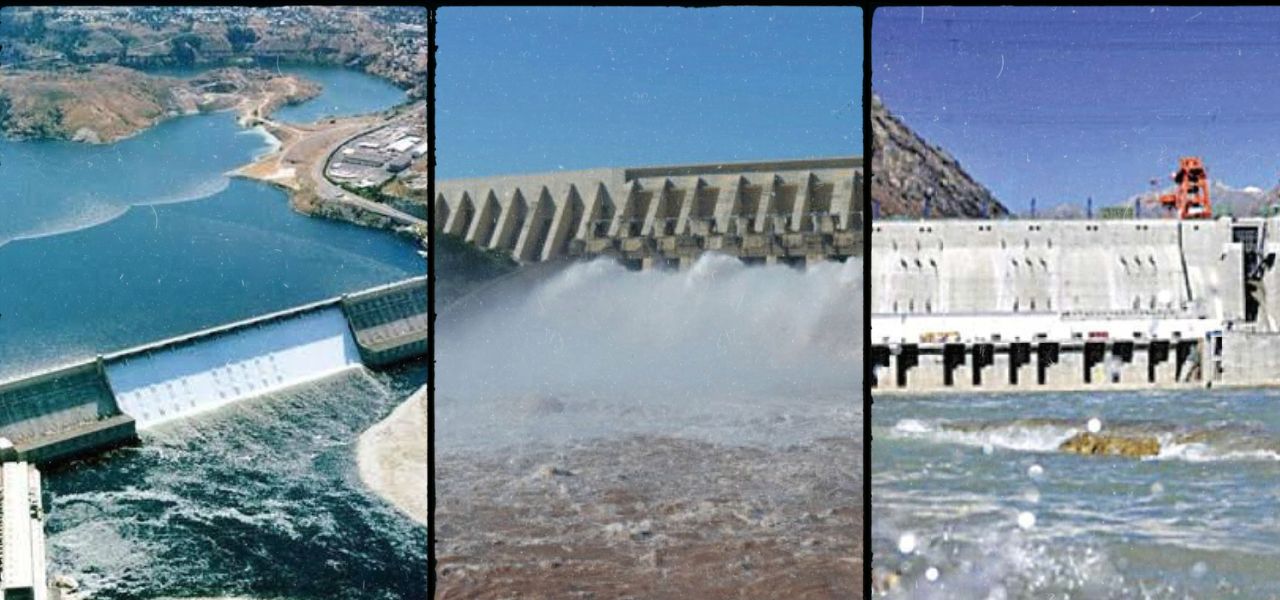Dams have played an important role in shaping Pakistan’s landscape and promoting its socio-economic development. The country has abundant water resources due to its geographical location, including an extensive river system. Pakistan has harnessed this potential to build many dams over the years, each of which represents the country’s architectural potential and is a source of pride The importance of top 10 biggest dams in Pakistan for the country’s development and prosperity will be discussed in Article
Top 10 Biggest Dams in Pakistan
1. Tarbela Dam
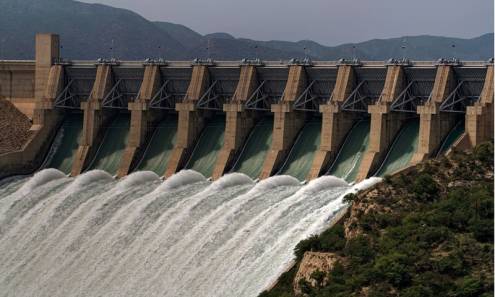
The Tarbela Dam on the mighty Indus River in Khyber Pakhtunkhwa is Pakistan’s largest earth-filled dam and one of the world’s largest by volume Tarbela, built in 1970, contributed greatly to Pakistan’s in irrigation and hydropower production and flood control efforts. It has a storage capacity of about 11.62 cubic kilometers, provides water for agriculture and generates about 3,478 MW of electricity
2. Mangala Dam
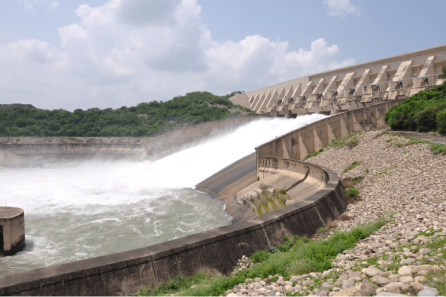
Mangala Dam, the second largest dam in Pakistan is located on River Jhelum in Azad Kashmir. Its primary uses are power generation, flood control and irrigation. The Mangala Dam with a storage capacity of 7.4 cubic kilometers has a capacity of 1,000 MW and irrigates a large part of the agricultural area.
3. Warsak Dam
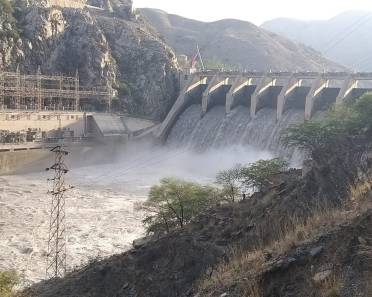
The Warsak Dam, also on the Kabul River, is another important project in Pakistan. It serves multiple purposes including power generation, irrigation and flood control. It generates 243 MW of electricity with a capacity of 0.64 cubic kilometers and supports crop cultivation in the Peshawar Valley.
4. Ghazi Barotha Hydropower Project
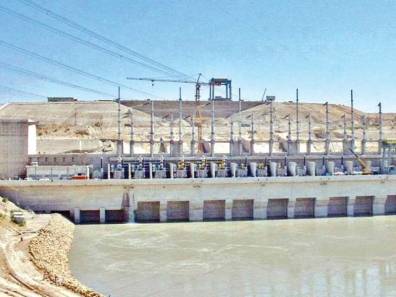
The Ghazibarotha Hydropower Project is an important infrastructure of the Indus River, although there are no conventional dams. It consists of canals and reservoirs that carry water for energy. The project generates about 1,450 MW of electricity and contributes significantly to the country’s energy needs.
Also Read: Top 10 National Parks in Pakistan
5. Hub Dam
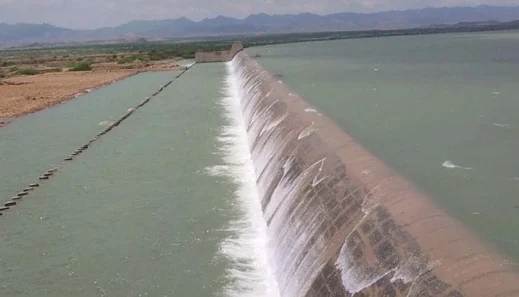
Hub Dam is an important reservoir in Sindh and near Karachi. It is essential to the city’s water supply and helps meet the demands of a growing population. Another benefit of the dam is that it supports local agriculture, increasing food security.
6. Satpara Dam
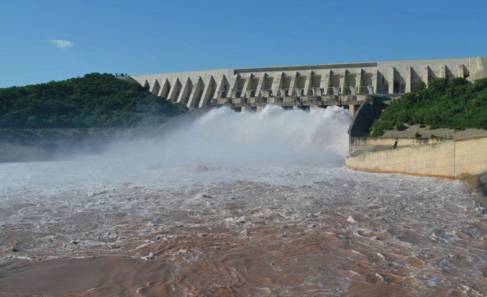
Located in the beautiful Skardu Valley of Gilgit-Baltistan, Satpara Dam is an important source of water for the region. It provides irrigation water and helps local farmers grow crops on this challenging soil. Additionally, the dam has enhanced the lives of the entire community by providing a continuous supply of water.
7. Diamer-Bhasha Dam
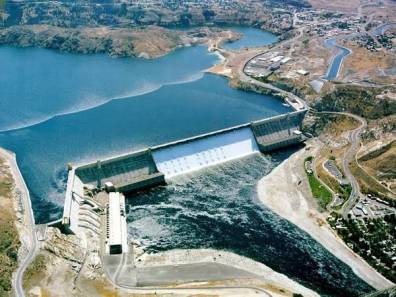
Diamer-Bhasha Dam is one of Pakistan’s most ambitious projects and is currently under construction. It will be one of the world’s largest dams, with a storage capacity of about 7.3 cubic kilometres, and will be located on the Indus River in Gilgit-Baltistan and when completed will greatly assist Pakistan in its efforts to generate energy, for irrigation crop yields have improved and flooding has decreased.
8. Dasu Dam
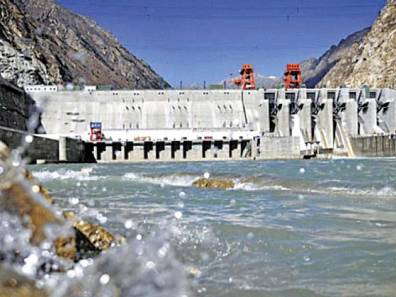
Another important project on the Indus River is the Dasu Dam in Khyber Pakhtunkhwa. With a storage capacity of about 5.3 cubic kilometers and a capacity of 4,320 MW of electricity, it will be a valuable asset for the country’s energy needs
9. Mirani Dam
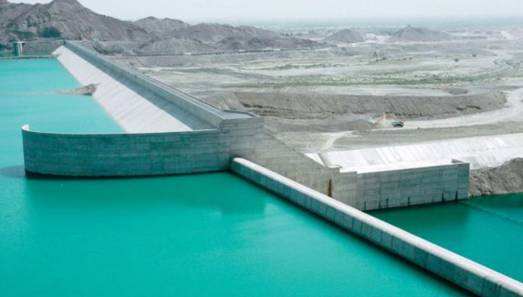
Mirani Dam in Balochistan province is a major reservoir. It supports domestic and agricultural purposes while helping to meet the water needs of the arid region. The lives of the locals have improved greatly because it has provided the dam.
10. Sabakjai Dam
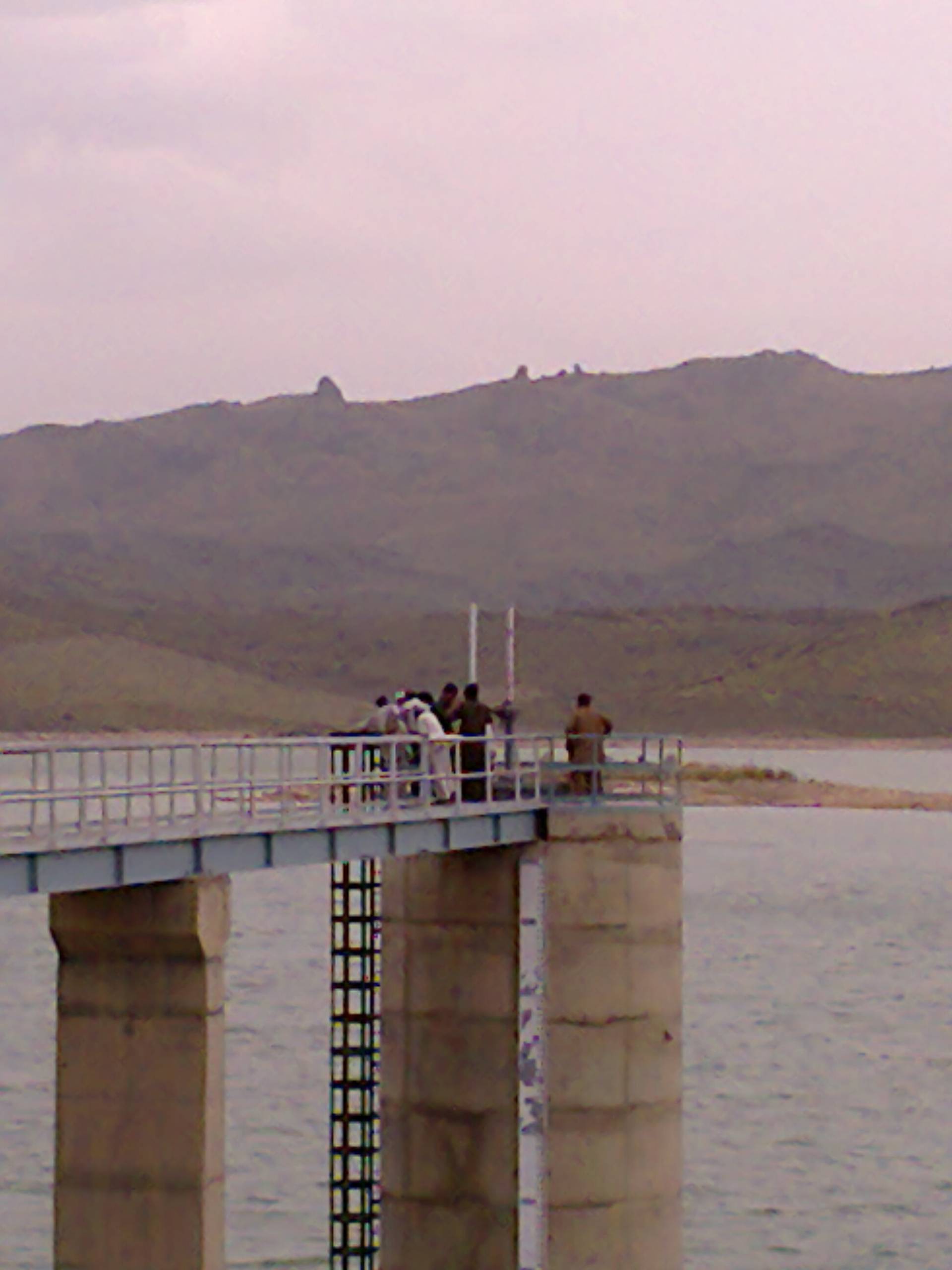
Although there are relatively shallow dams in Balochistan, the Sabakzai Reservoir is important for water consumption in the region. It provides irrigation water, enabling farmers to grow their land and maintain their way of life.
Importance of dams in Pakistan
Agricultural Development: In Pakistan, dams have revolutionized agriculture by providing continuous supply of water for irrigation. This not only increased productivity but also diversified agricultural practices.
Hydropower: Hydropower in these dams has contributed significantly to Pakistan’s energy mix. As demand for electricity increased, these dams helped stabilize electricity supply and reduce dependence on fossil fuels.
Flood control: Pakistan is prone to seasonal floods due to heavy monsoon rains and snowfall from the Himalayas. Dams like Tarbela and Mangala play an important role in flood control by controlling river flows and reducing low levels of floods.
Water storage: Dams store water during the rainy season for use during the dry season, and ensure continuous supply of water for a variety of purposes including drinking water, agricultural and industrial uses
Environmental benefits: Lakes provide reservoirs that are often important ecosystems, supporting a variety of plants and animals. These reservoirs also provide recreational opportunities, attract tourists and boost local economies.
Regional Development: In remote areas like Gilgit-Baltistan and Balochistan, dams have supported agriculture and stimulated economic development by providing electricity to these areas
The ten biggest dams of Pakistan are major industrial and infrastructural architectural projects. They have played an important role in changing the state of the country and promote economic expansion. These pools are much more than just concrete structures; They represent Pakistan’s strength, progress and determination to use its abundant water resources for the benefit of the people. As Pakistan seeks to meet the needs of energy, water and sustainable agriculture, these dams will be crucial in defining the country’s destiny. Pakistan needs to invest in the maintenance and expansion of such vital infrastructure to ensure a prosperous and long-term future for all its citizens.

